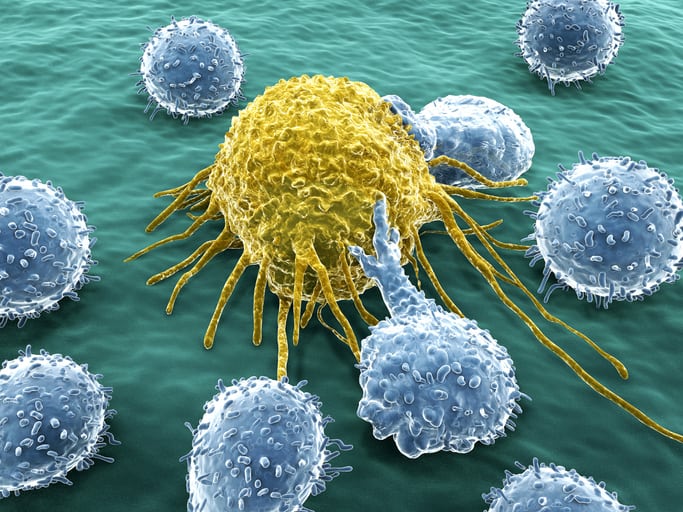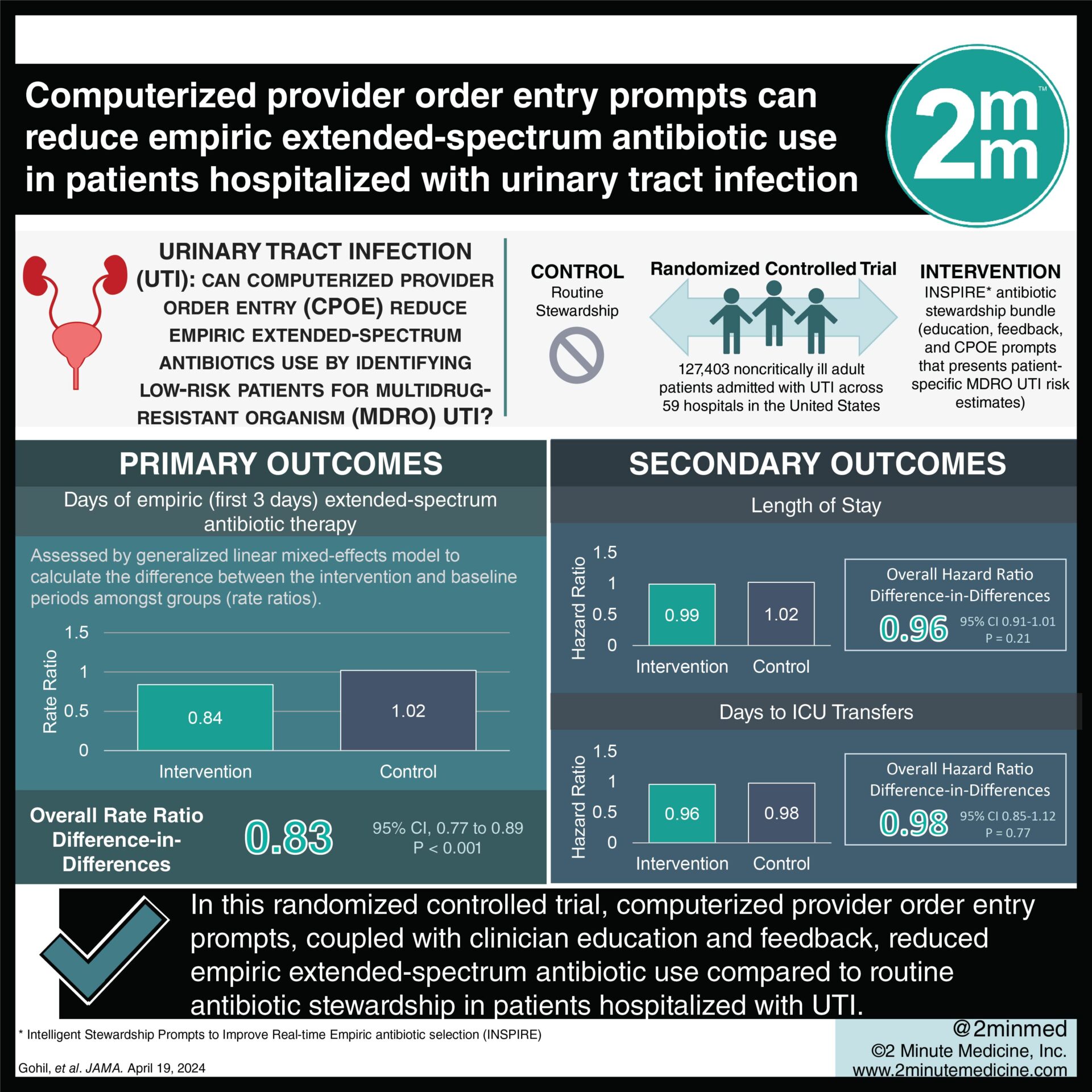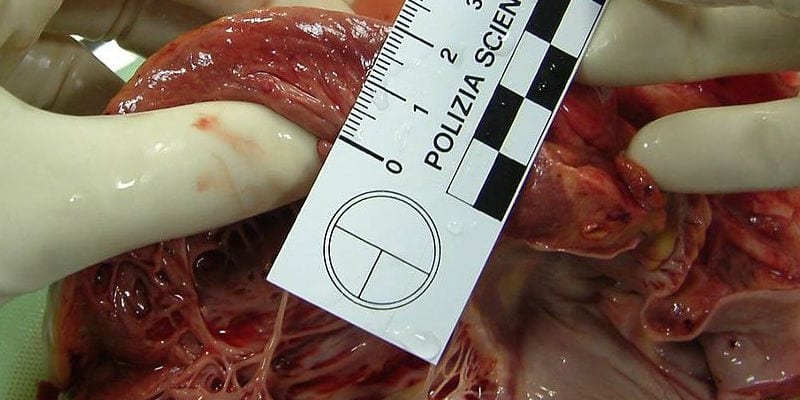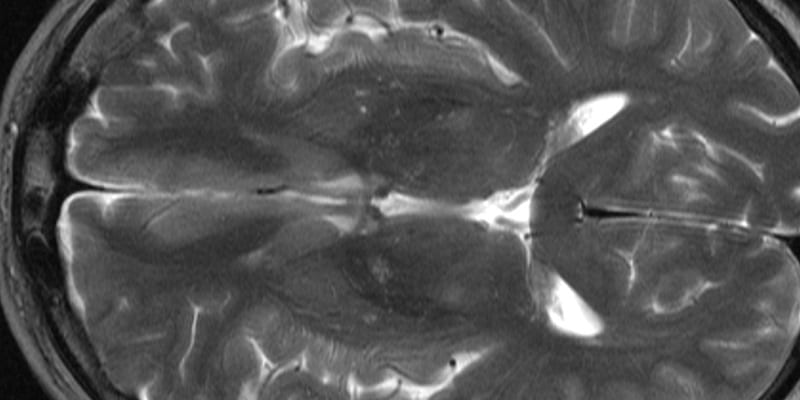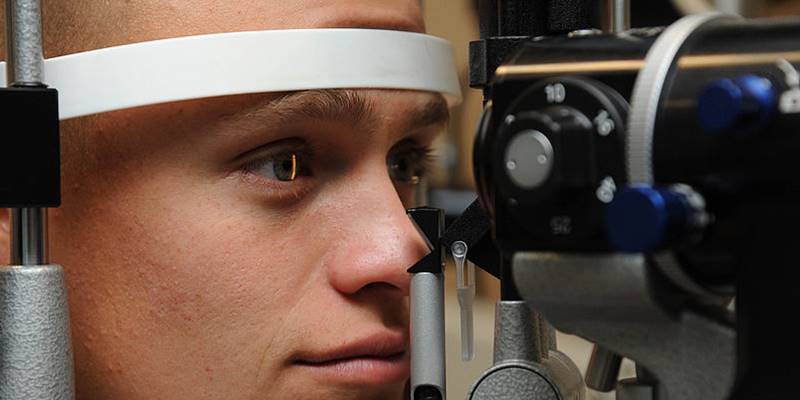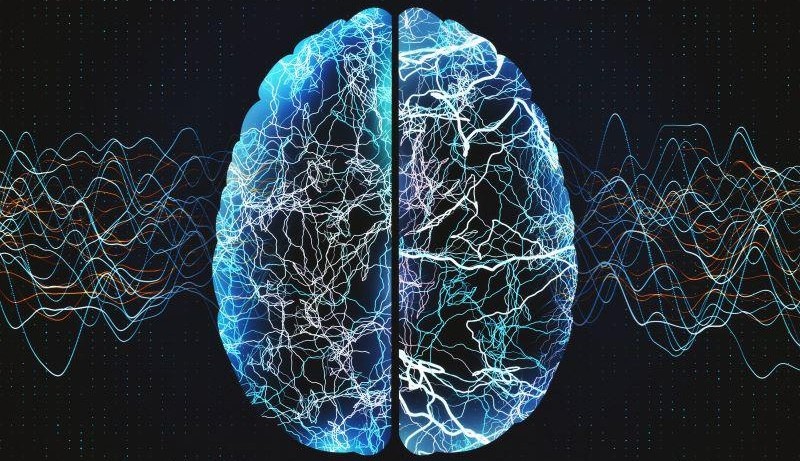The following is the summary of “Somatic variation in normal tissues: friend or foe of cancer early detection?” published is the December 2022 issue of Oncology by Sagredo, et al.
Mutant clones slowly spread across what were once healthy tissues. Rarely do these clones develop into cancer, despite carrying mutations in numerous well-known cancer genes. This raises questions about the causes of cancer and the role that somatic variation plays in detecting the disease at an early stage. To examine somatic drivers and the causes of somatic variation across tissues, researchers analyzed recent mutational screens of cancer-free sick tissues and healthy tissues. The connections between aging and non-cancerous disorders and the mechanics of clonal growth were then discussed.
Finally, investigators talked about how somatic diversity is essential for cancer development and whether or not it aids in cancer detection and prevention. Tissue-specific factors like tissue architecture and turnover, as well as endogenous and external stressors, all play a role in the degree of somatic variation. Tumor suppressor genes involved in chromatin remodeling and cell growth signaling are typically inactivated by somatic mutations that drive clonal development. Some of these genes appear to play a context-dependent cancer-promoting or -protective role, as they are mutated more frequently in normal tissues than in cancer. Clone mutations have a wide range of possible fitness outcomes, from long-term survival to quick extinction.
Knowing what causes a change in this balance is crucial for the early detection and prevention of cancer, as is understanding how cancer develops. Since not all altered genes encouraging clonal expansion also induce carcinogenesis, somatic variation should be taken into account in liquid biopsy, where it may contribute cancer-independent mutations, and in the identification of cancer drivers. Strategies for cancer prevention and early diagnosis should take somatic variation and the processes governing homeostasis of normal tissues into account.
Source: sciencedirect.com/science/article/pii/S0923753422041485


